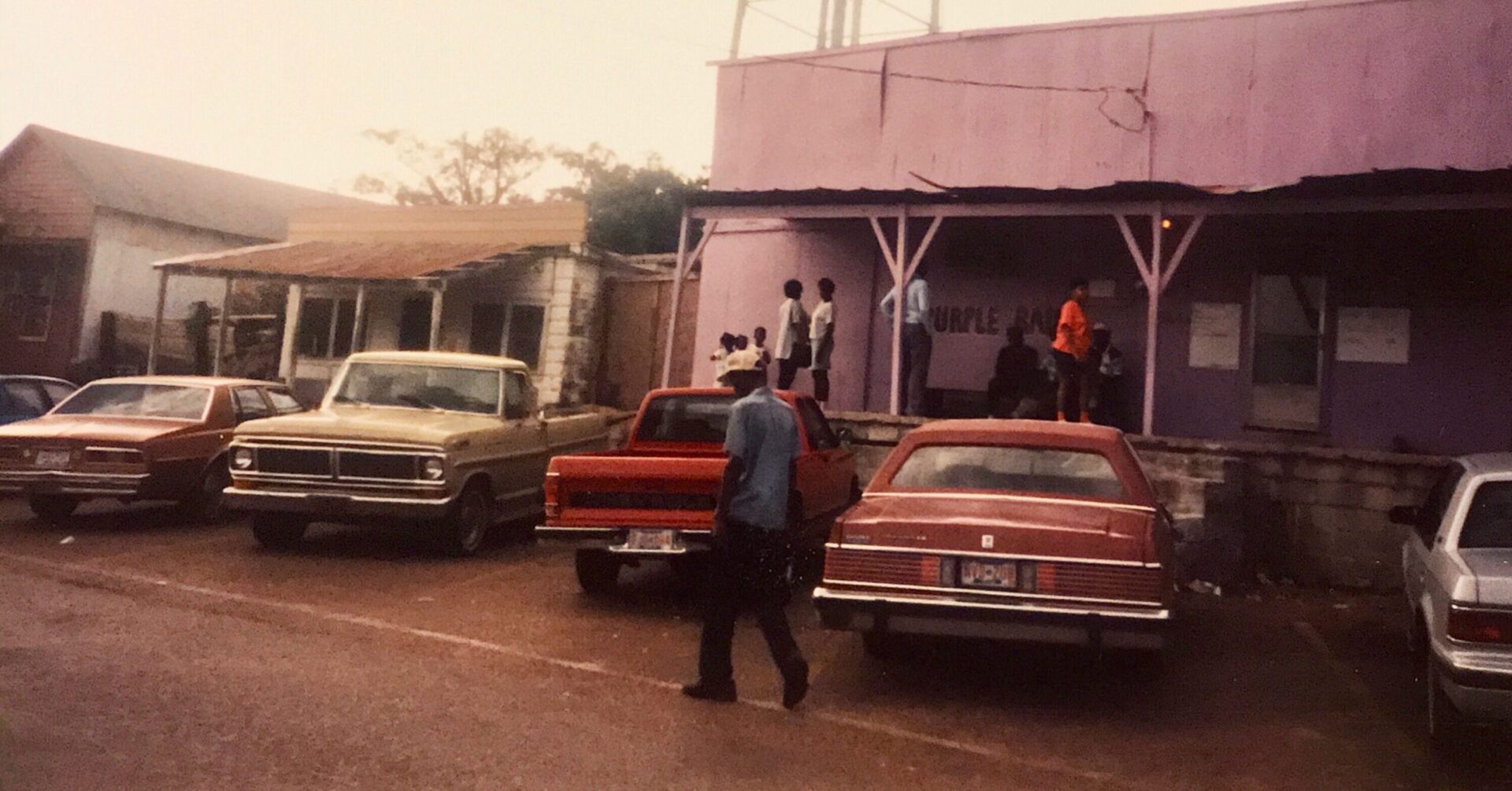At the confluence of the Ohio and Mississippi Rivers sits Cairo, Illinois, a historic river town that the cruise lines no longer visit, at least in part because of complaints from passengers. Cairo today is nearly a ghost town, its broad Commercial Street almost completely razed. What few buildings remain are largely abandoned, and passengers disliked the eerie feel of the town built to house 20,000 people where only 3000 reside today. With such historic buildings as Riverlore mansion, built in 1865, the Customs House museum, or Fort Defiance, which is directly at the confluence, Cairo still has some points of interest, but the town is largely in shambles due to a eight-year shooting war between its white and Black communities from 1967-1975. Blacks refused to buy from Cairo businesses as a matter of principle. Whites preferred to shop where there weren’t fires, bombings and snipings, so they also stayed away, and the end result was that nearly every restaurant and retail business closed. In recent years, there have been efforts to rejuvenate the town, and to heal race relations in Cairo, but the lack of jobs and the extreme poverty have thwarted efforts at any renaissance. The historic buildings on Commercial Street, neglected since the 1960’s, have collapsed one by one. Furthermore, while the picketing, marching, boycotting and shooting stopped in the early 1970’s, the mysterious fires did not, and buildings and houses continue to burn in Cairo, under circumstances that suggest that multiple arsonists may be at work. Cairo is a sad story, a cautionary tale to America of what happens when people are stubbornly racist and refuse to reconcile.
Memphis’ Historic Beltline Neighborhood
At the end of the band’s final set at BJ’s Secret, I decided to head back to Central Avenue through the surrounding neighborhood, and came …









